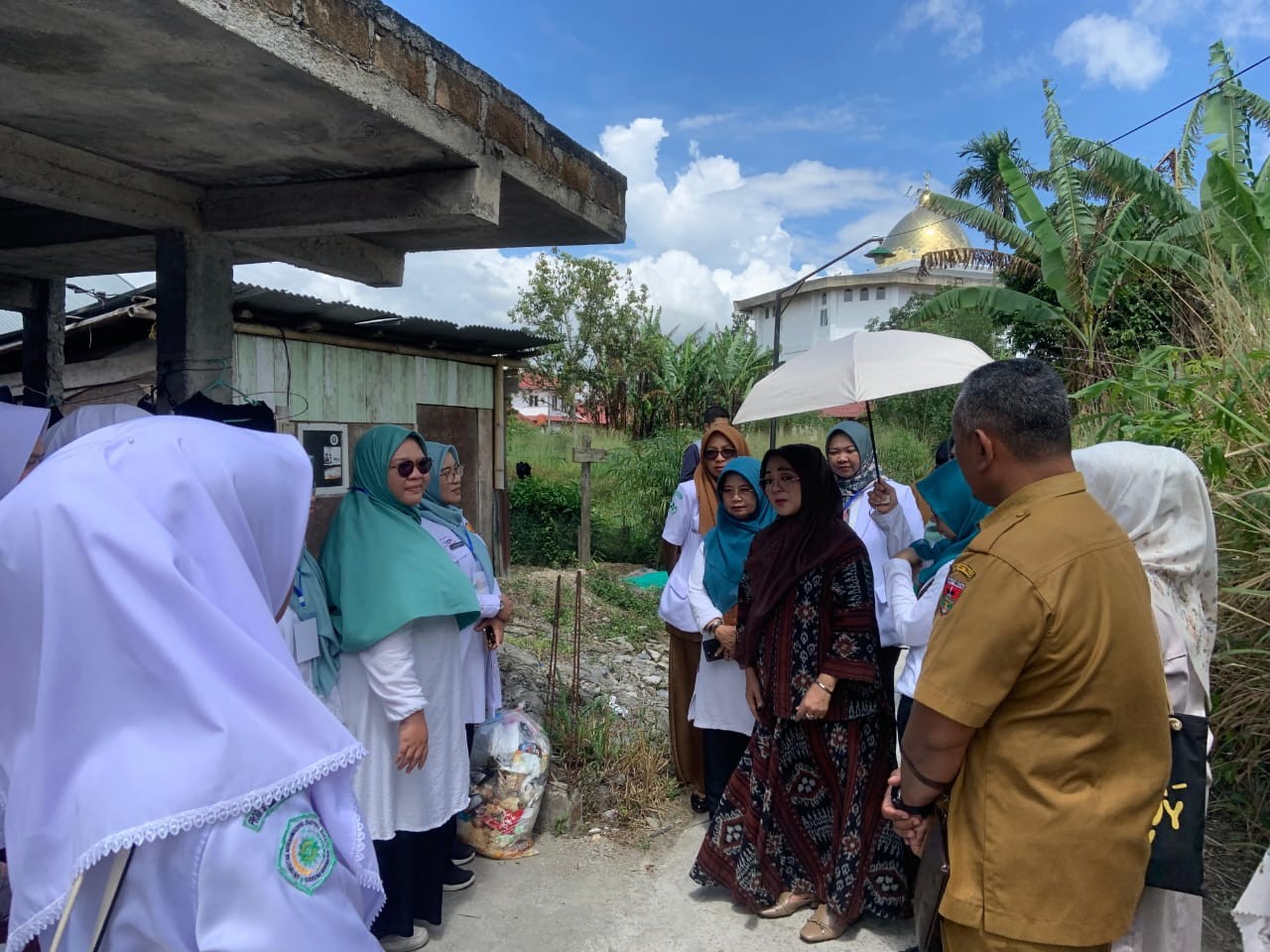COMMUNITY HEALTH SCREENING FOR CARDIOMETABOLIC RISK THROUGH BLOOD PRESSURE, GLUCOSE, AND LIFESTYLE ASSESSMENT

Downloads
Introduction: Cardiometabolic diseases, particularly hypertension and diabetes, are rising in prevalence among adults in semi-urban regions of low- and middle-income countries. Early detection at the community level is essential to reduce complications and promote preventive action. This study aimed to identify early indicators of cardiometabolic risk through a nurse-led community health screening in Bukittinggi, West Sumatra, Indonesia.
Methods: A descriptive cross-sectional design was conducted as a one-day service-learning outreach involving nursing faculty, undergraduate students, local health cadres, and community leaders. Adults aged 18 years and above were recruited using consecutive sampling. Preparations included coordination with local stakeholders to ensure community participation. Screening activities comprised blood pressure measurement, random blood glucose testing, body mass index (BMI) calculation, and structured interviews on behavioral risk factors. A total of 80 participants completed the screening, and data were analyzed descriptively.
Results: 80 participants, 64 (80%) had elevated blood pressure ranging from prehypertension to hypertensive crisis, 21 (26.3%) showed abnormal blood glucose levels consistent with prediabetes or diabetes, and 42 (52.5%) were overweight or obese. Additionally, 77 participants (96.3%) reported low physical activity and inadequate fruit and vegetable intake, indicating a high clustering of modifiable cardiometabolic risk factors.
Conclusion: This study highlights the burden of modifiable cardiometabolic risks in semi-urban communities and demonstrates the feasibility of nurse- and community-led health screenings for early detection. For sustainability and broader impact, future programs should be strengthened through collaboration with health cadres, primary health centers, and community leaders, combined with follow-up education and integration into primary healthcare services.

This work is licensed under a Creative Commons Attribution 4.0 International License.
Authors who publish with Jurnal Pengabdian Masyarakat dalam Kesehatan agree to the following terms:
The journal allows the author to hold the copyright of the article without restrictions.
The journal allows the author(s) to retain publishing rights without restrictions
The legal formal aspect of journal publication accessibility refers to Creative Commons Attribution (CC BY).
Authors retain copyright and grant Jurnal Pengabdian Masyarakat dalam Kesehatan the right of first publication with the work simultaneously licensed under a Creative Commons Attribution 4.0 International License that allows others to remix, adapt and build upon the work with an acknowledgment of the work's authorship and of the initial publication in Jurnal Pengabdian Masyarakat dalam Kesehatan.
- Authors are permitted to copy and redistribute the journal's published version of the work (e.g., post it to an institutional repository or publish it in a book), with an acknowledgment of its initial publication in Jurnal Pengabdian Masyarakat dalam Kesehatan.
Jurnal Pengabdian Masyarakat dalam Kesehatan requires a formal written declaration and transfer of copyright from the author(s) for each article published. We, therefore, ask you to complete and return this form, retaining a copy for your own records. Your cooperation is essential and appreciated. Any delay will result in a delay in publication.

JPMK by Unair is licensed under a Creative Commons Attribution 4.0 International License.










